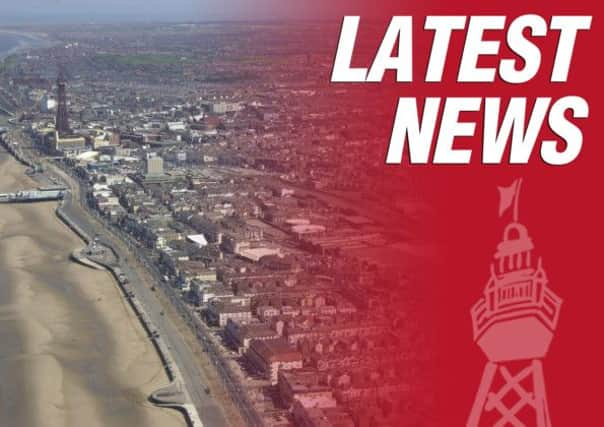County ‘is facing £10m transport shortfall’


A report detailing Lancashire County Council’s investment strategy over the next 15 years has revealed £35m-a-year is required, but only £25m is likely to be available from central government.
So County Hall bosses have admitted they will need to be more creative in their approach to repairs and maintenance between 2015 and 2030.
Advertisement
Hide AdAdvertisement
Hide AdThe authority’s new Transport Asset Management Plan (TAMP) reveals a switch from tackling road repairs on a “worst first” basis. In future, LCC says it will concentrate its resources on taking preventative measures to ensure roads, footpaths, bridges, street lighting and traffic signals are upgraded before they suffer breakdown.
The TAMP report says: “This funding shortfall provides a real challenge to do more, or even the same, with less. In the last few years we have experienced a number of severe weather events – long, very cold winters and flood events – which have had an impact on the network and accelerated the deterioration of our assets.
“Preventative intervention works are proposed to reduce our maintenance backlogs. Such works involve treatments that are generally carried out at an earlier critical stage in an asset’s life-cycle and are usually less expensive and less intrusive.
The authority says it plans to tackle the problem on a phased basis, the A, B and C roads and footpaths getting top priority over the next five years. Residential and rural roads will take priority between 2020 and 2025, with other assets, like traffic signals, being the key target between 2025 and 2030.
Advertisement
Hide AdAdvertisement
Hide Ad“It is not possible within the amount of resources that are likely to be available in future years to improve the condition of all transport asset types at the same time,” says the report.
“A phased approach, bases on the county council’s priorities and affordability is therefore required.
“The A, B and C roads and the footpath network will be prioritised.”
The intention during this period is to maintain other transport assets as close to their 2013 condition as resources will allow. In respect of those assets scheduled for later phases, the primary focus will be to slow down their rate of deterioration as far as possible.”
The council estimates it will need to spend £8m on patching and surface dressing 100km of roads a year. Residential and rural roads will cost another £5m a year, bridges £6m and lighting £4m.